Introduction: The Mystery of Curiosity
Curiosity, that innate drive to explore, question, and discover, is often regarded as one of the most fundamental aspects of human nature. It pushes us to explore the unknown, seek knowledge, and fuel scientific advancements. From ancient philosophers pondering the cosmos to today’s innovators pioneering artificial intelligence, curiosity has been the engine of progress.
But what if we could engineer curiosity itself? Could we design systems, environments, or even individual experiences that spark curiosity in predictable and sustainable ways? This question has gained significant traction in fields ranging from psychology to artificial intelligence and even education. The ability to foster and direct curiosity—particularly in a world that is becoming increasingly complex—holds immense potential.
In this article, we will explore the mechanisms of curiosity, the efforts to engineer it, and the implications of doing so. We will also delve into real-world examples and future possibilities, asking whether curiosity can truly be manipulated and, if so, for what purpose.
1. What Is Curiosity? A Psychological Exploration
Before we can explore the possibility of engineering curiosity, it’s important to understand what it actually is. Curiosity is not merely an emotion or fleeting interest; it is a deep, cognitive state that drives learning and discovery. Psychologists often categorize curiosity into two broad types: epistemic curiosity and diversive curiosity.
- Epistemic Curiosity is the desire to acquire knowledge, answer questions, and understand complex concepts. It’s often what fuels scientific exploration or academic research.
- Diversive Curiosity, on the other hand, refers to the urge to seek novelty or escape boredom. This form is more about stimulation and variety, which is why people might browse random topics on the internet or switch between media channels.
Curiosity is a dynamic and multifaceted trait, often associated with certain neurological and emotional states. Neuroscientists have found that curiosity activates areas of the brain associated with pleasure and reward, such as the dopaminergic system. When we explore something new or uncover an answer, our brain releases dopamine, making us feel satisfied and reinforcing our desire to keep exploring.
At a fundamental level, curiosity is tied to learning, problem-solving, and adaptability. It helps us survive by constantly adapting to our environment, discovering new solutions, and navigating unfamiliar challenges.
2. The Science of Fostering Curiosity

While curiosity is intrinsic to human nature, recent studies have shown that certain external conditions can enhance or suppress this trait. In educational psychology, for instance, researchers have identified several factors that influence a person’s curiosity.
- Novelty and Surprise: Introducing unexpected or novel elements into a learning environment has been shown to boost curiosity. When something new is encountered, the brain signals an urge to explore further, often triggering the release of dopamine.
- Autonomy and Control: When individuals have the freedom to explore topics of personal interest, they are more likely to feel curious. This is why self-directed learning environments tend to foster deeper engagement and curiosity than rigid, teacher-controlled systems.
- Challenge and Uncertainty: Curiosity thrives in the face of uncertainty. Problems that are too easy tend to bore us, while problems that are too difficult can cause frustration. The optimal challenge lies in the “zone of proximal development,” a concept introduced by psychologist Lev Vygotsky. It’s a sweet spot where tasks are neither too easy nor too difficult, but just challenging enough to spark curiosity.
- Emotional Engagement: Emotion plays a central role in curiosity. When we are emotionally invested in a topic, we are more likely to seek out information. This is why curiosity can be triggered by personal interests, passions, and even emotional experiences.
3. Engineering Curiosity in Education
One area where curiosity is being intentionally fostered and engineered is in education. Traditional educational models often rely on external rewards, such as grades, to motivate students. But these extrinsic motivators can diminish intrinsic curiosity, making learning feel like a chore rather than an adventure.
Innovative educators, however, are beginning to understand the importance of curiosity-driven learning. One key approach is the use of project-based learning (PBL), where students explore real-world problems in a collaborative setting. This method taps into students’ natural curiosity, as they are empowered to explore topics they find interesting and relevant. By incorporating uncertainty, autonomy, and novelty, project-based learning not only nurtures curiosity but also builds essential skills like problem-solving, teamwork, and critical thinking.
Another promising technique is gamification—the use of game design elements in educational contexts. Games are designed to be inherently engaging by rewarding curiosity, offering challenges, and providing immediate feedback. These elements can be integrated into non-game contexts to help students stay motivated and curious about their learning journey.
4. Curiosity and Artificial Intelligence: Can Machines Be Curious?
As artificial intelligence (AI) and machine learning continue to evolve, a fascinating question has emerged: Can machines be curious? Traditional AI systems are typically designed to perform specific tasks, often operating within narrowly defined parameters. However, researchers are beginning to experiment with curiosity-driven learning in machines.
Curiosity-driven AI is based on the idea that machines can autonomously explore their environment, seeking out information or learning new things without being explicitly programmed to do so. This is similar to how a child explores the world, motivated by an innate desire to learn.
One example of curiosity-driven AI is the unsupervised learning model, where AI algorithms learn patterns and structures from data without labeled inputs. Researchers have also explored methods where AI agents are rewarded for engaging in tasks that involve exploring new states, much like how curiosity in humans is often driven by novelty and challenge.
However, AI’s curiosity is still far from human-level curiosity. While machines can be designed to seek out new information, their motivations are not intrinsically human. They are driven by algorithms designed by humans, making their form of curiosity fundamentally different from ours. Nevertheless, understanding how to incorporate curiosity into AI may unlock new possibilities in fields like autonomous robotics, natural language processing, and even creative fields such as art and music generation.
5. The Ethics and Risks of Engineering Curiosity
As with any attempt to engineer human behavior, the manipulation of curiosity raises important ethical questions. Can curiosity be engineered to promote healthy and beneficial behaviors, or could it be exploited for more dubious purposes?

- Addiction and Over-Stimulation: Platforms like social media have become adept at exploiting our curiosity to keep us scrolling endlessly. By designing environments that maximize the release of dopamine (such as through infinite scrolling or personalized recommendations), these platforms can cultivate addictive behaviors. The same mechanisms that drive curiosity can, in these contexts, lead to harmful over-engagement and distraction.
- Manipulation and Control: If we are able to engineer curiosity on a large scale, there is a risk that it could be used to manipulate people into pursuing certain agendas. For example, targeted advertising and political messaging often exploit emotional triggers and curiosity to influence opinions and behaviors. The line between fostering curiosity and manipulating it for control becomes blurred when powerful entities leverage psychological insights for their own gain.
- Loss of Authentic Curiosity: One of the most pressing concerns is the potential loss of authentic curiosity—the kind driven by personal passions and intrinsic motivation. If curiosity is engineered or overly regulated, we might end up with a generation of individuals who are curious only because they are told to be, not because they genuinely want to explore the world for themselves.
6. Real-World Examples of Curiosity Engineering
In recent years, there have been several examples of curiosity being intentionally engineered in various industries.
- Space Exploration: NASA has developed highly engaging, curiosity-driven missions like the Mars Rover projects. The curiosity of the general public is stoked by the prospect of discovering alien life or uncovering the secrets of Mars. These missions are designed not only to fuel scientific discovery but to spark widespread public curiosity and enthusiasm for space exploration.
- Marketing and Branding: Brands and advertisers are experts at engineering curiosity to create anticipation and demand for new products. Apple, for example, is known for building suspense around product launches by revealing just enough to pique curiosity and generate excitement. This creates a sense of novelty and the desire to learn more, which fuels consumer behavior.
- Science Museums and Exhibits: Interactive exhibits in science museums are carefully designed to foster curiosity in visitors. By providing hands-on experiences, presenting information in a non-traditional format, and encouraging exploration, these institutions engage visitors’ curiosity and promote learning through discovery.
7. Can Curiosity Be Engineered for the Future?
Looking ahead, the potential to engineer curiosity could radically transform education, innovation, and technology. Advances in virtual reality (VR), augmented reality (AR), and interactive media will likely offer new ways to spark curiosity and provide immersive learning experiences.
At the same time, we must consider the implications of this newfound power. How can we ensure that curiosity is channeled positively? How do we balance the benefits of engineered curiosity with the potential for exploitation? And, most importantly, how can we preserve the authentic spark of curiosity that makes us human?
Conclusion: The Limits and Possibilities
Curiosity is an essential part of the human experience, and while it can be influenced by external factors, it remains deeply rooted in our psychology. Engineering curiosity is not about creating a formulaic approach to motivation but about understanding the mechanisms that trigger it and applying them thoughtfully and ethically.
Whether in education, artificial intelligence, or marketing, the ability to spark curiosity opens up new possibilities for growth, discovery, and innovation. But as we continue to experiment with engineering curiosity, we must tread carefully, ensuring that we preserve the authentic wonder that drives us to explore, learn, and create.





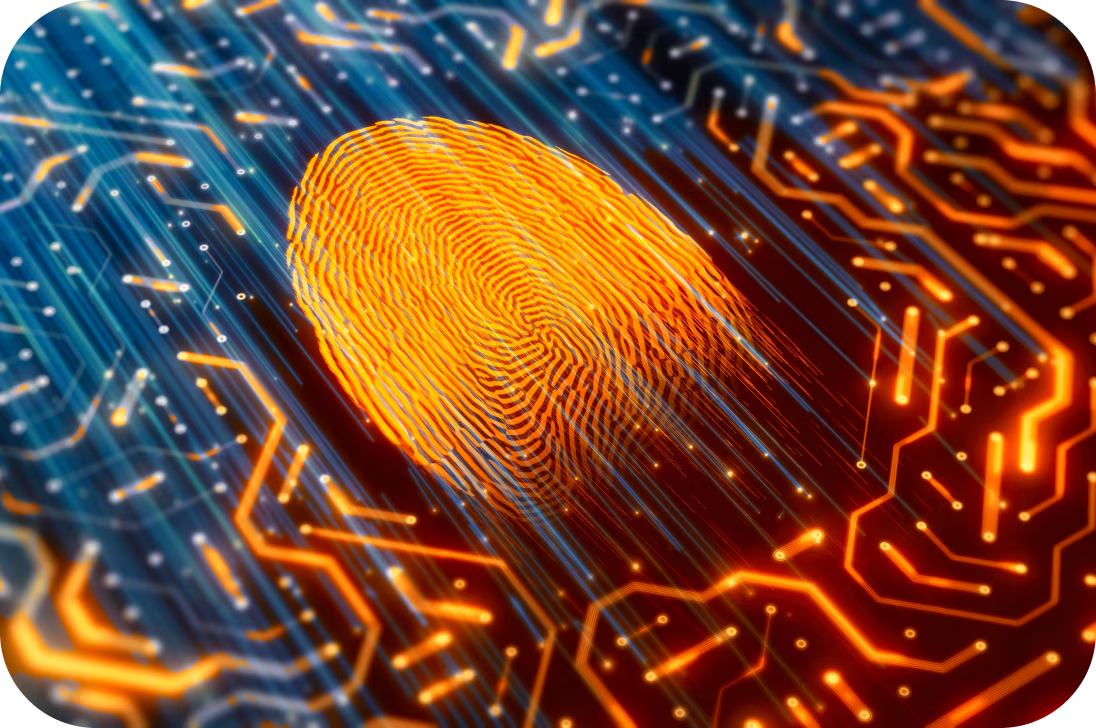













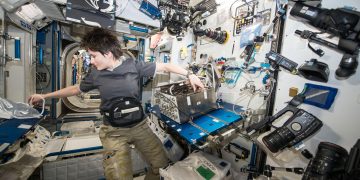
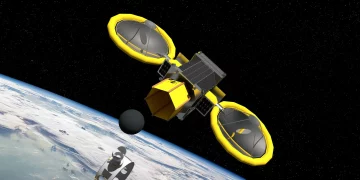






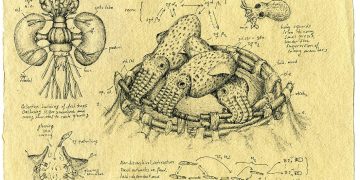






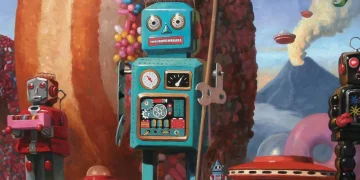
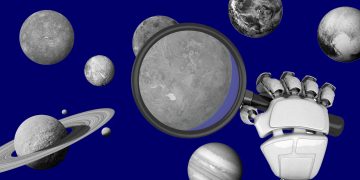

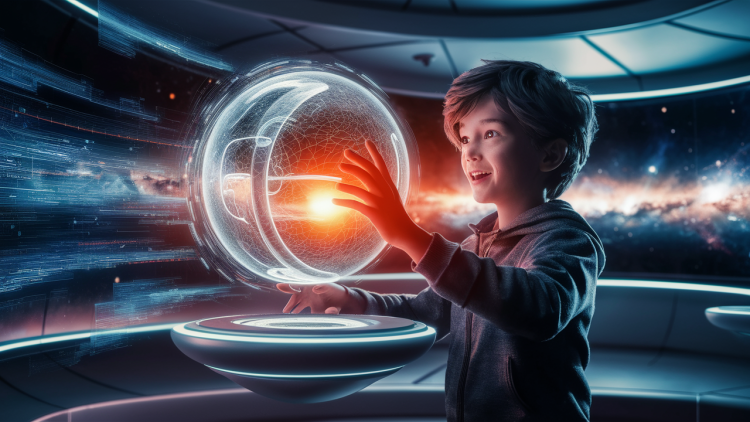












Discussion about this post